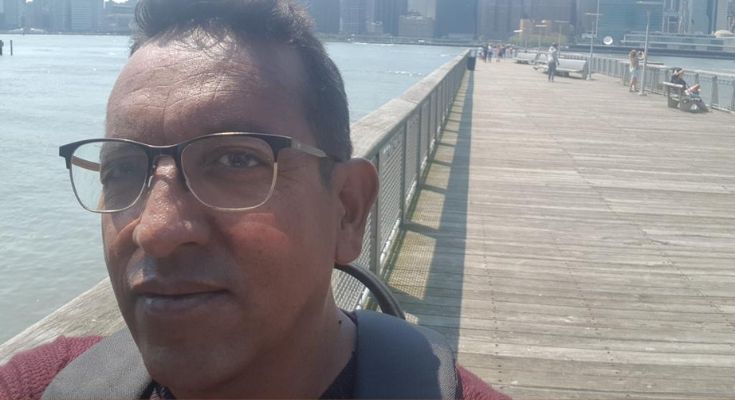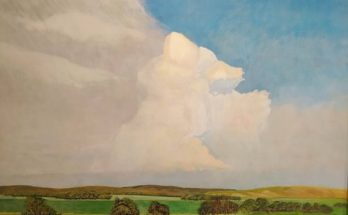By Rodrigo Diaz Guerrero
Using contemporary design and integrating it into a colonial setting is a challenge. It requires a highly developed sense of aesthetics and careful attention to the details to take a contemporary approach with the colonial streets, parks, and nooks of an urban environment. The subject of our interview this week has both of these gifts. Miguel Peyret is a master at bringing modern form into a colonial setting without disrupting the existing traditional charm. He has done this around San Miguel and, if you know his work, you will spot it everywhere.
Miguel Peyret studied Industrial Design at the Autonomous Metropolitan University (UAM), where he specialized in precision machines and tools. While attending UAM, he worked with his father’s manufacturing company making oil and diesel filters for the automotive industry. He eventually left Mexico City and opened his own workshop in San Miguel where he manufactures furniture and metal statuary. Over the past 25 years, Peyret has left his mark in restaurants, bars, hotels, and the public spaces of San Miguel.

RDG: When and why did you come to San Miguel?
MP: I arrived in 1997. I loved San Miguel from the first time I visited my brother here. I really liked the furniture and crafts I saw being made here. I dreamed of opening my own workshop with welding equipment and all the tools I would need for making furniture and metal sculptures. So that was my plan when I arrived.
RDG: What are your inspirations and influences?
MP: All my life, ever since I was a child, I have been fascinated by science fiction. I very often look at something I have made and I can see the effect that science fiction has had on my work. Post-modernism in cinema and architecture really inspire me too. For instance, I was very moved by what I saw in Europe during my time living there. I think my sense of aesthetics and artistic instincts flow from the magnificent things I saw in Europe. The simple act of observation is central to my learning process, and it has been very important in my personal and professional development. Visiting the main European capitals and seeing their amazing art showed me what was possible. It was fundamental to my own growth as an artist.
RDG: We have seen your work in urban furniture and also in the metal sculptures that are used as recycling centers. I am talking about those big metal dogs we see around town. How should a sculptural/urban work influence a society like San Miguel de Allende?
MP: Today, I have five of the large sculptures in place in San Miguel. From the very beginning, in my mind, I had the idea of creating something unique that would grab people’s attention. The project of the sculptures was also a challenge of design, line, proportion, and creation of the characters. This experience has been invigorating for me as an artist and designer. The community has responded with great enthusiasm and joy to these sculptures, and I find that very satisfying. I am also pleased that I was able to create a piece of art which also had a practical application. This multipurpose art is exactly the type of thing to which I have aspired.
RDG: What is Miguel Peyret working on today?
MP: These days I am launching a new product line that will be suitable for outdoor environments. I am also building a new showroom. I am hoping it will be a collective and a place where other artists can display their work.
To contact Peyret, write to him at hierrosanmiguel@yahoo.com.mx




